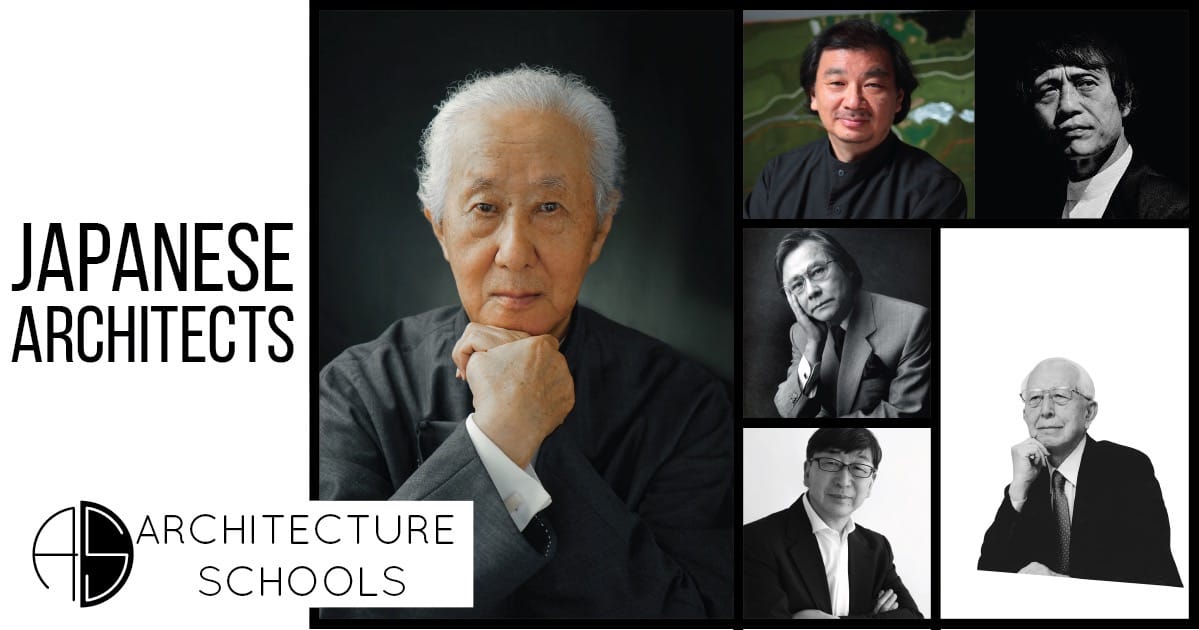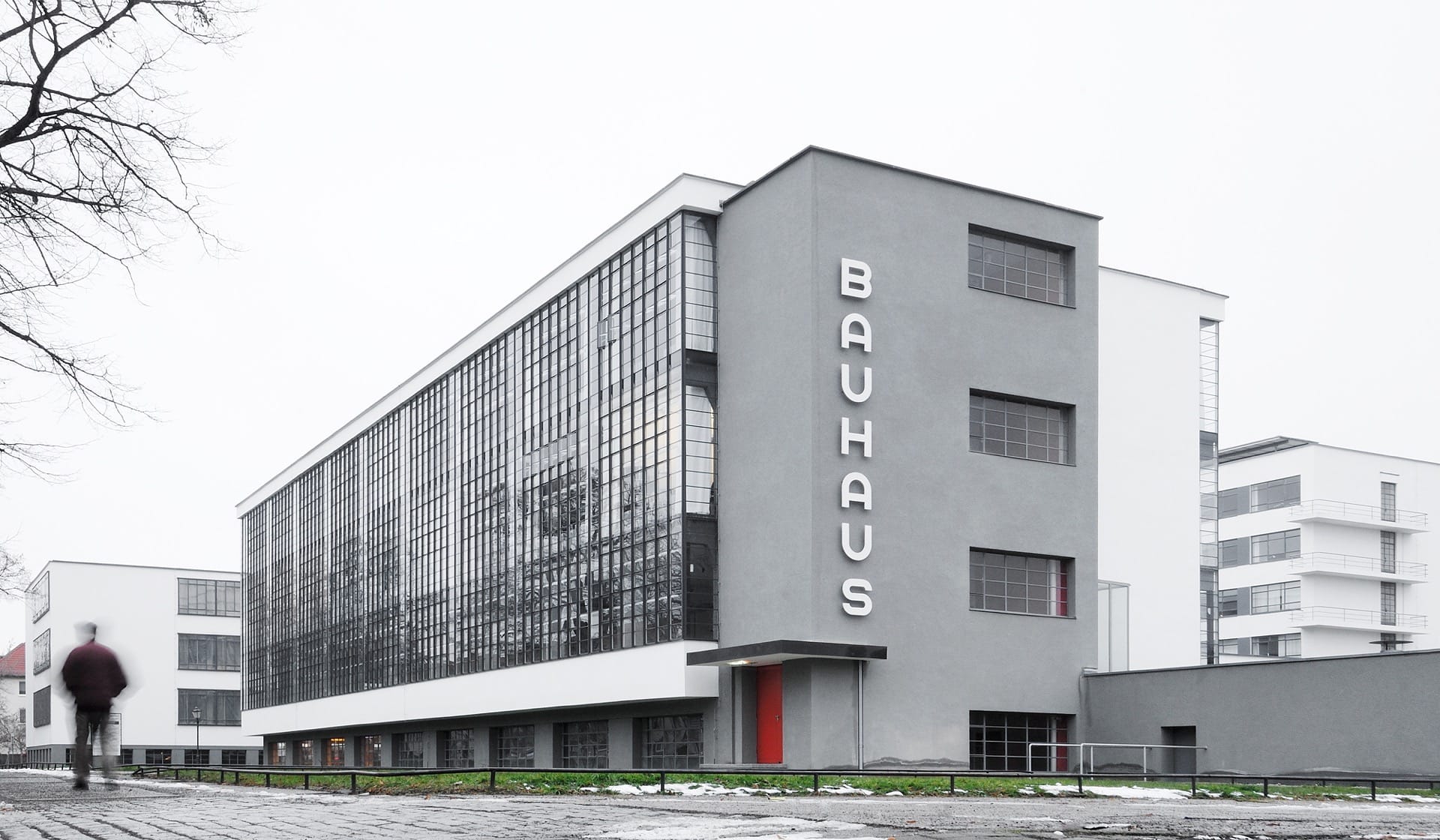From Kenzo Tange to Tadao Ando, the influence of Japanese contemporary architects extends beyond their country and onto all continents. Blending national tradition and Western influences, Japanese architects are at the root of many movements in contemporary architecture.
Toyo Ito

The father of conceptual architecture, Toyo Ito was awarded the Pritzker Prize in 2013 for the John F. Kennedy Bookstore Museum in Boston, USA. During his career, Toyo Ito has worked on interior skylights, the use of wind and electronic chips. The Sendai Mediatheque is a remarkable synthesis of the concepts he has developed. His work is marked by metaphor, simplicity, fragmentation of forms and the use of steel.
Shigeru Ban

Recipient of the prestigious Pritzker Prize in 2014, Shigeru Ban is known as an architect of disaster. His main innovations in architecture revolve around temporary buildings and structures, made of cardboard and plastic, designed to shelter refugees after natural disasters. Deeply interested in the plight of victims of natural disasters, Shigeru Ban is also interested in the value of materials such as cardboard and tube paper in urban development.
Arata Isozaki

Blending Japanese and Western influences, Arata Isozaki is one of the most cosmopolitan figures in contemporary architecture. After having been attached for some time to the metabolic architectural movement, he has returned to the geometric forms of Japanese building. He is also inspired by postmodernism and the German school of the Wiener Secession. His unique constructions can be found in Japan, Europe, Asia Minor and the United States.
Kenzo Tange

Recipient of the 1987 Pritzker Prize, disciple of architectural purification and genius of building construction, Kenzo Tange has served as a master to many contemporary architects. His most impressive achievements include the Hiroshima Peace Plaza and Atomic Bomb Museum (1949), Tokyo’s St. Mary’s Cathedral (1955), the Yoyogi National Gymnasium (1963), and the planning of the new downtown Skopje, Macedonia (1966).
Tadao Ando

Japanese master of critical regionalism, Ando is a completely self-taught architect. After defining his style by conceptualizing stores and houses, the ultra-rapid urban development of the city of Osaka in the 1970s allowed him to emancipate himself in the profession. His buildings seek to recreate a serenity lost in the urban and heterogeneous decor of modern Japan. In 1995, he was awarded the Pritzker Prize, one of the most prestigious prizes in contemporary architecture.
Fumihiko Maki

Inspired by Kenzo Tange, Le Corbusier, Bauhaus and Walter Gropius, Fumihiko Maki was awarded the Pritzker Prize in 1993. In 2003, he was selected, along with Jean Nouvel and Norman Foster, to build one of the five towers of the American Ground Zero project. Maki’s unique style is inspired by Japanese tradition and children’s games of hide-and-seek, his buildings often offering spaces where one can see without being seen, where the opacity of materials varies.
Kisho Kurokawa

Father of the Metabolism movement, Kisho Kurokawa studied under Kenzo Tange, one of the most renowned architects in Japanese history. The beginnings of architectural metabolism, a movement inspired by biological forms and by the British movements New Brutalism and Archigram, are marked by the publication of numerous manifestos and spectacular constructions. Among these, Helix City and the Nagakin Capsule Tower, designed by Kurokawa.
See also:



Comments 1